An exclusive, real-world look at the haptic buttons Apple developed for the iPhone 15 Pro
The iPhone 15 Pro was rumored to feature haptic buttons with an all-new design, but Apple's project never saw the light of day -- until now. Here's what those buttons looked like, and what Apple scrapped along the way to a finished product.
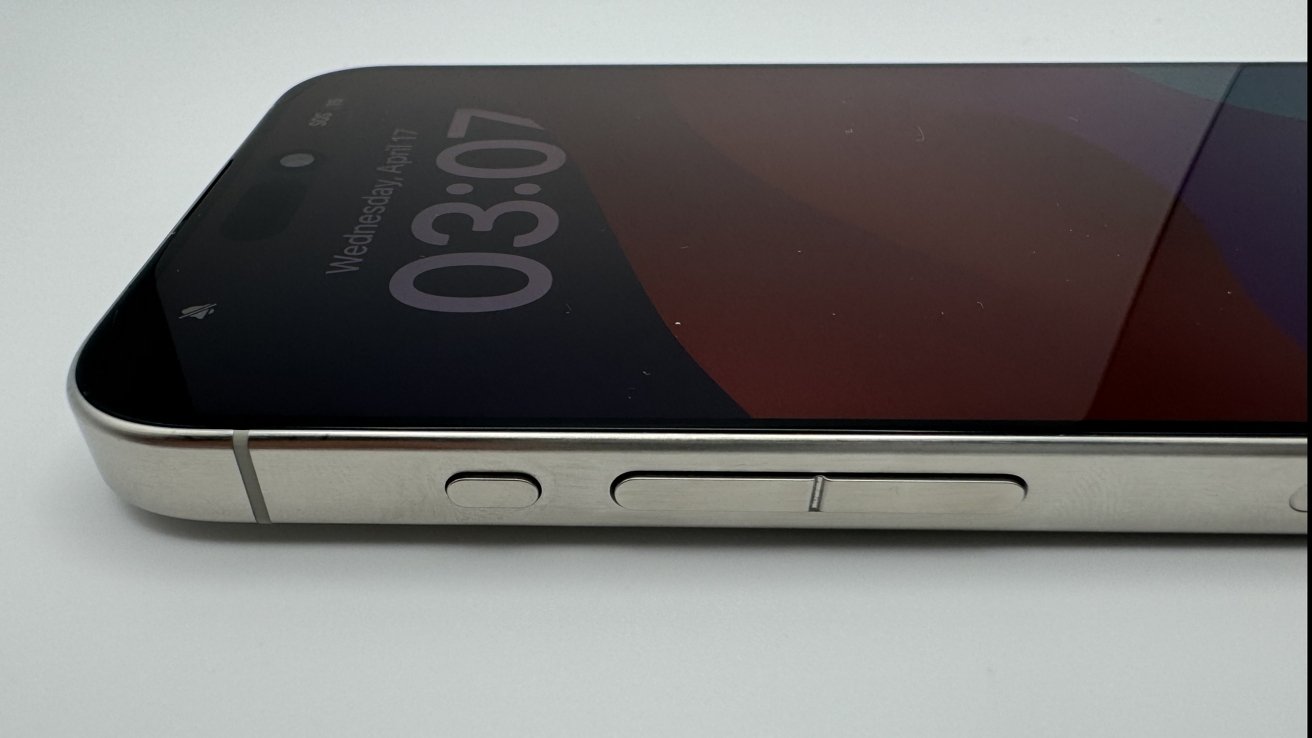
The iPhone 15 Pro and iPhone 15 Pro Max originally featured haptic buttons as part of Project Bongo
Early development prototypes of the iPhone 15 Pro and iPhone 15 Pro Max had haptic volume and power buttons, developed under the codename Project Bongo. While these mysterious haptic buttons were widely rumored to exist, they have previously never been seen on actual hardware.
Speaking to a collector of Apple prototypes, AppleInsider has obtained exclusive imagery of a prototype iPhone 15 Pro Max, equipped with the elusive Project Bongo. We have also received numerous details about the buttons themselves, and the user experience relative to standard mechanical buttons.
The device in question is an EVT-stage prototype of the iPhone 15 Pro Max, known during its development period by the device identifier D84 and project codename "Veyron." EVT prototypes of the iPhone 15 Pro and iPhone 15 Pro Max were the last to include Apple's haptic buttons, as the feature was abruptly scrapped in early April of 2023.
In terms of software, the EVT prototype runs an InternalUI build of iOS 17. This means the device contains a specialized variant of the iPhone operating system used internally by Apple engineers for development and testing purposes.
With the later CRB and DVT prototype stages, Apple changed the iPhone 15 Pro and replaced its new haptic buttons with standard mechanical ones. This means that CRB, DVT-stage, and later prototypes of the iPhone 15 Pro and iPhone 15 Pro Max do not contain any exterior differences compared to their mass-production counterparts, making them less interesting to collectors as a result.
The Action button, the multi-purpose, user-configurable mechanical button located above the volume button, also changed during development, but to a much smaller extent. While the haptic volume and power buttons were completely phased out, the Action button only received minor changes affecting the overall shape, making it more round and wide.
Though it was developed alongside the haptic volume and power buttons, the Action button itself was always a mechanical button, which explains why it was left more or less unchanged. According to the prototype collector interviewed by AppleInsider, the Action button behaves differently from the unified volume button on the EVT prototype discussed earlier.
How Apple's canceled haptic buttons behave versus traditional mechanical buttons
The haptic buttons initially planned for the iPhone 15 Pro are somewhat similar to traditional mechanical buttons because they both apparently move when pressed. If the device is on, the haptic volume and power buttons generate feedback along with a clicking sound whenever they are pressed.
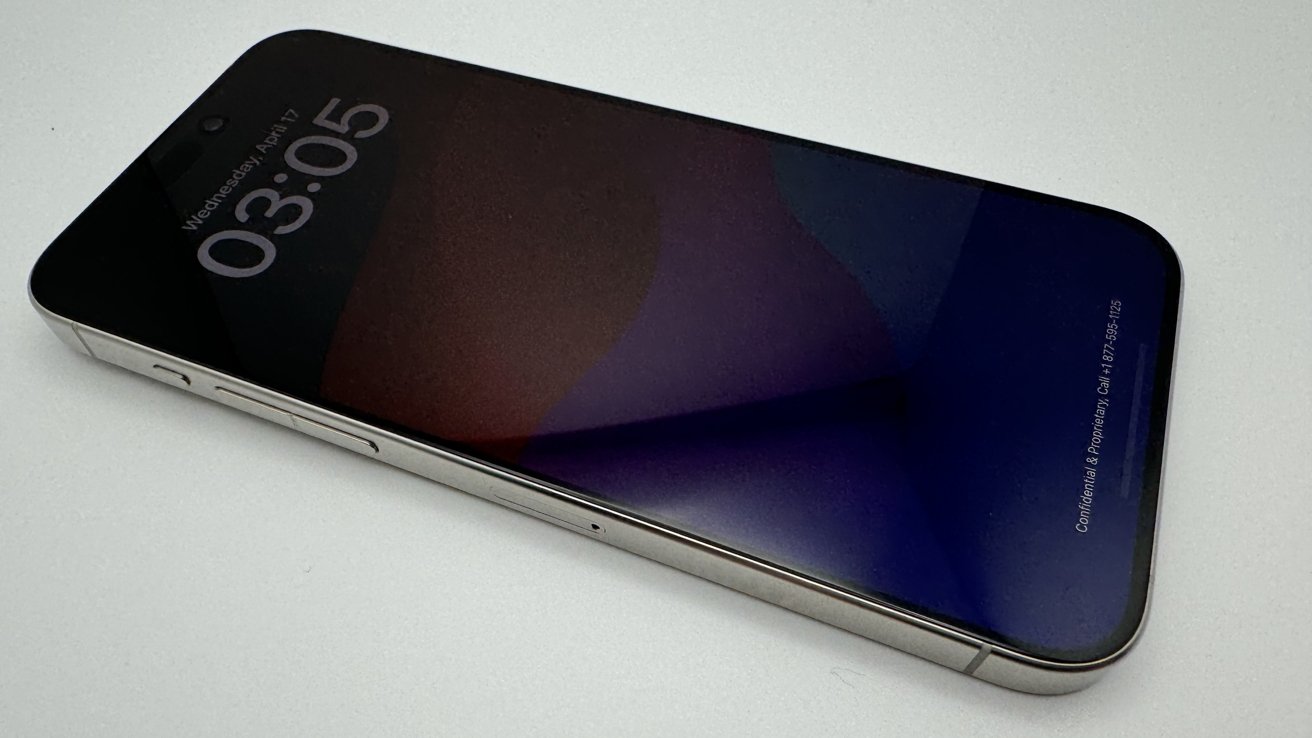
During the EVT stage, the iPhone 15 Pro and iPhone 15 Pro Max featured a unified volume button
was told that the unreleased buttons generate haptic feedback when pressure is applied, and immediately after the button is released. In doing so, Apple likely tried to mimic the overall feedback and noise mechanical buttons typically produce, essentially the same way that the Magic Trackpad works.
Although the project was canceled, and the final mass production units do not feature Apple's Project Bongo, the EVT device referenced throughout this article paints a pretty good picture of what could have been. We were told that the device accurately replicates the tactile sensation and feedback created by ordinary mechanical buttons.
If the device is off, and cannot display the usual charge indicator due to a completely drained battery, the buttons will still move but will not provide haptic feedback to the user. In short, no power, no click.
The iPhone 7, for instance, featured a solid-state home button that used Apple's Taptic Engine to provide vibration feedback similar to the press of a physical button. The button itself never actually moved, though, unlike the Bongo buttons the company initially developed for the iPhone 15 Pro.
When an iPhone 7 was powered down, its solid-state home button never provided any vibration feedback or moved. The haptic buttons on the iPhone 15 Pro Max EVT both move and generate haptic feedback, even when powered down, as long as the device has at least enough power to display the charging indicator.
According to people familiar with the matter, the Bongo-type buttons used dedicated firmware, containing references to a "deep sleep" mode. It's possible this deep sleep mode was activated once the device was powered off or inactive for large periods of time.
Interestingly, the collector we spoke to also told us that the buttons responded to pressure even when touched with a gloved finger, or when used inside of a pocket. This means that the buttons are capable of detecting changes in pressure without direct skin contact.
The key hardware components of Apple's Bongo Project, and how it worked
Apple's Project Bongo accomplishes this through carefully designed hardware. The button detects pressure through flexures and strain gauges, which then cause a change in resistance within an electrical circuit.
This change in resistance is measured, and a signal is sent to the main logic board (MLB), indicating the button was pressed.
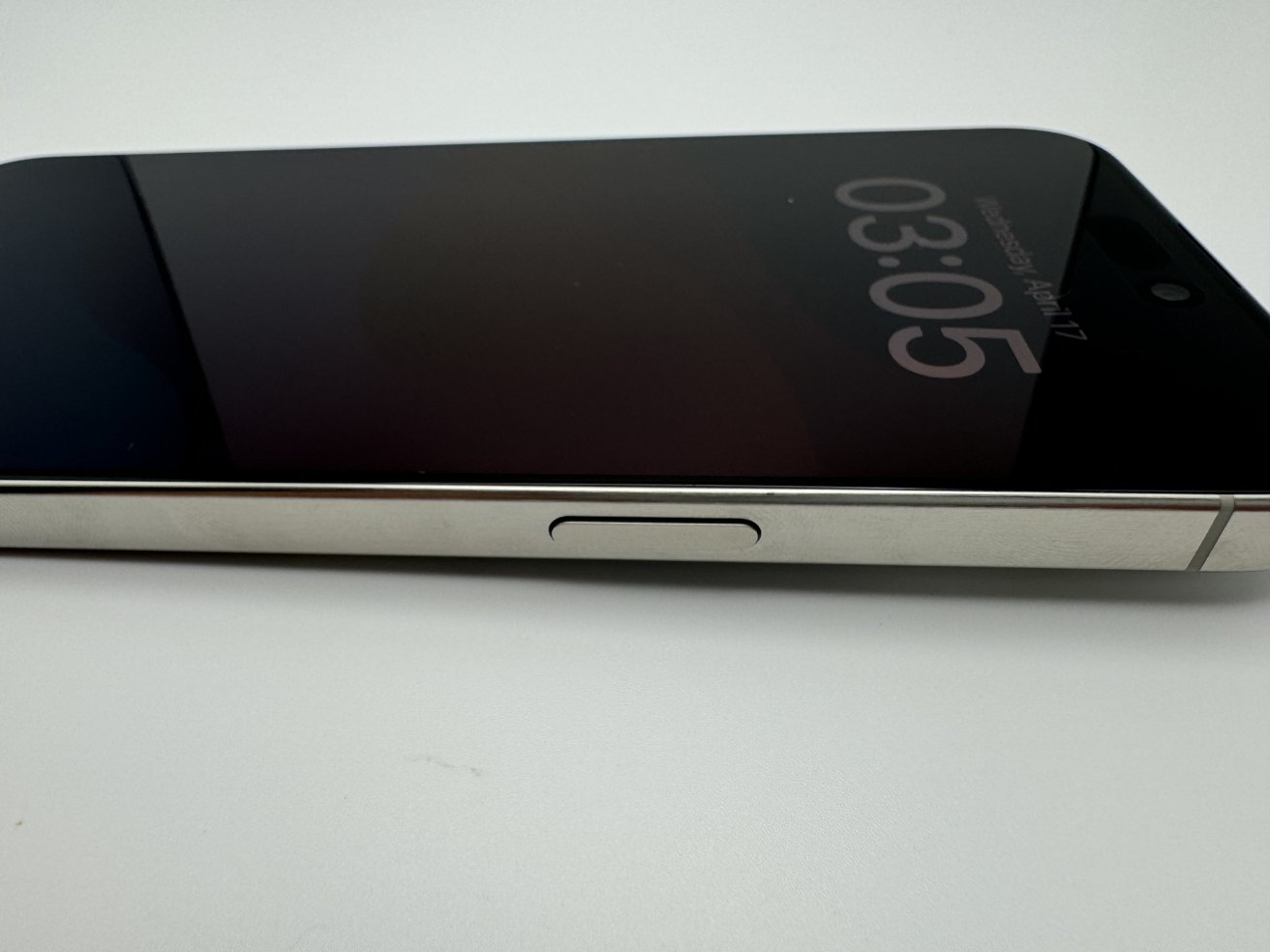
EVT-stage prototypes of the iPhone 15 Pro featured a haptic power button slightly smaller than the one on mass-production units.
Flexures and strain gauges were used to detect changes in pressure, in specific areas of the unified volume button. This means that even though the volume button was a singular button, the iPhone would still be able to tell if the user wanted to decrease or increase their current volume based on where the strain from the touch was sensed.
After touch and location interpretation, the main logic board provides power to the components that generate haptic feedback. In the case of the Bongo Project, Apple created an electromagnetically driven reluctance motor known as the "Bongo Haptic Engine."
The Bongo Haptic Engine was an electromagnetic reluctance motor, consisting of a ferromagnetic core and copper coil, that together constitute a solenoid. It generated haptic feedback the same way the regular Taptic Engine does, by oscillating in relation to an attraction plate located underneath.
The Bongo Haptic Engine was a significant change, but it was ultimately in line with Apple's previous hardware upgrades. The iPhone 4s received a Linear resonant actuator (LRA), which ultimately led to a reduction in noise and an improved response time. With the iPhone 6s, Apple introduced a haptic LRA via the Taptic Engine, which can be found in every iPhone iteration since then.
The earliest known designs for the Bongo project date back to 2021, two years before the release of the iPhone 15 Pro. The goal of the project was to replace the iPhone's traditional mechanical buttons with an updated design featuring improved haptic technology.
At the same time, Apple may have wanted to reduce the inherent hardware failure rate of mechanical buttons by implementing new technology.
The home button on the iPhone 7 allowed for improved water and dust resistance because no moving parts were involved. But, the same cannot be said for the Bongo buttons, indicating that this was likely not a goal or priority in development.
Was Apple's unified volume button an intentional nod to earlier iPhone designs?
The Bongo module design merged the two separate volume buttons into a unified pill-shaped volume button, with an indentation in the middle to indicate the volume up and volume down position. This means that early prototypes of the iPhone 15 Pro had a volume arguably button similar to those found on the original iPhone.
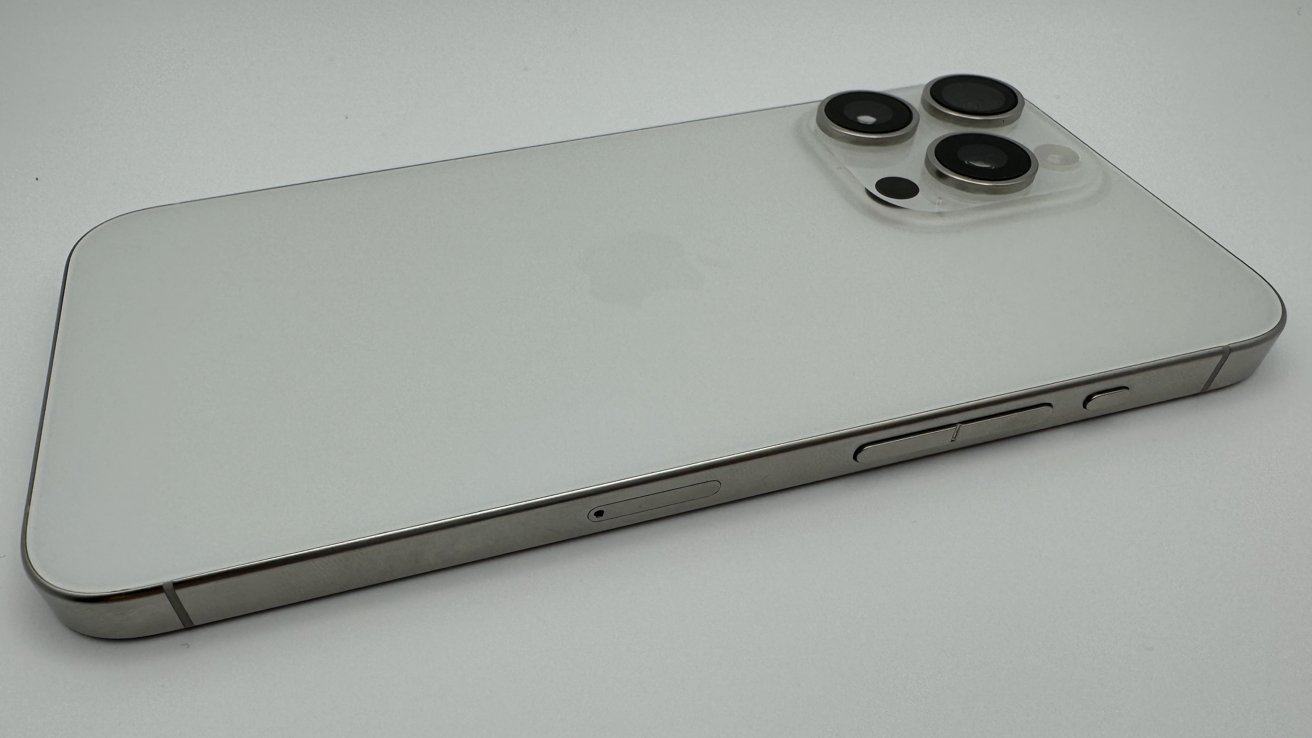
The haptic buttons initially planned for the iPhone 15 Pro were abruptly canceled in early April of 2023, during the EVT stage of development
The first-generation iPhone, the iPhone 3G, and iPhone 3Gs all featured a singular volume rocker on the left side of the device. Apple only changed this with the iPhone 4, which received a dedicated volume up and volume down button.
Apple often tries to make visually defining changes to its latest iPhones to make them stand out. This is done to make them different enough from the previous generation, but still keep the overall visual identity and recognizable look of the iPhone. The iPhone 15 Pro introduced titanium as the housing material, and was supposed to feature a new look for its buttons.
While the design of the iPhone has changed through the years and various different generations Apple produced, every model up to the iPhone 15 Pro featured separate volume buttons. The company apparently sought to change this with its 2023 flagship as a way of differentiating it, but ended up scrapping the idea.
Who worked on the Bongo project, and how did its cancellation influence iPhone 16?
Through people familiar with the matter, AppleInsider has learned that Robert Rivers Ingersoll was among those who worked on the haptic buttons for the iPhone 15 Pro. According to his publicly available LinkedIn page and personal website, Ingersoll is an engineer with a doctorate in mechanical engineering from Stanford University.
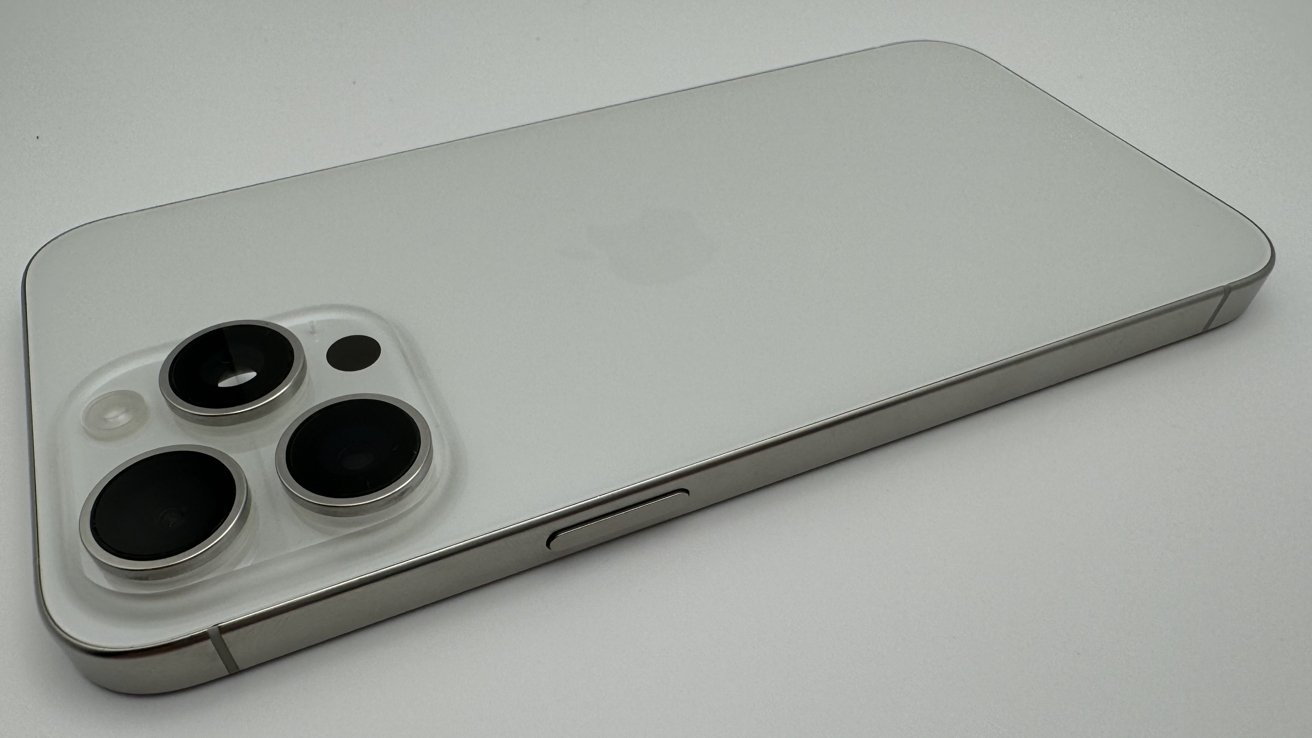
Apple's haptic button module generated feedback through the Bongo Haptic Engine
Ingersoll was the tech lead for the Haptic Engine in the iPhone and Apple Watch. Prior to his work at Apple, he studied and analyzed the flight and hovering of hummingbirds and bats.
While the exact reasons for the cancellation of the Bongo Project remain unclear, it was allegedly scrapped because of unresolved technical issues and unsatisfactory test results. Prior to cancellation, the Bongo-style haptic buttons were supposed to appear on the entire iPhone 16 lineup as well.
As the Bongo design was eventually phased out, more recent prototypes of the iPhone 16 instead feature an all-new capacitive Capture Button. People familiar with the matter have told AppleInsider that the button has been developed under the codename "Project Nova."
The capacitive button is expected to appear on the same side as the power button, only lower. This suggests that it is likely a camera-related button.
First revealed in September 2023, the Capture Button features pressure-sensing technology and is capacitive in nature. According to a report from January 2024, the button will be able to recognize gestures -- meaning that users will be able to swipe left or right to zoom in or out.
The Capture Button is only one of many upgrades Apple has in store for its iPhone 16 lineup. Scheduled to debut in September of 2024, the iPhone 16 range is expected to feature a new A18 chip with a greatly improved neural engine. The base model iPhone 16 is expected to receive a vertical camera arrangement.
Read on AppleInsider


Comments
Overall I still prefer my Pixel phone. So much easier to use. But I throughly like the security of the iPhone.
Well to hear Apple tell it, they learnt a lot.
Like spending $1 trillion on going to the moon - what did we learn? Teflon and how to save a crippled space capsule.
Parts of these bongo "buttons" are operated by the boot firmware, which is designed to be failproof. The mechanical buttons of current iPhones have to work this way as well for them to reboot a frozen iOS.